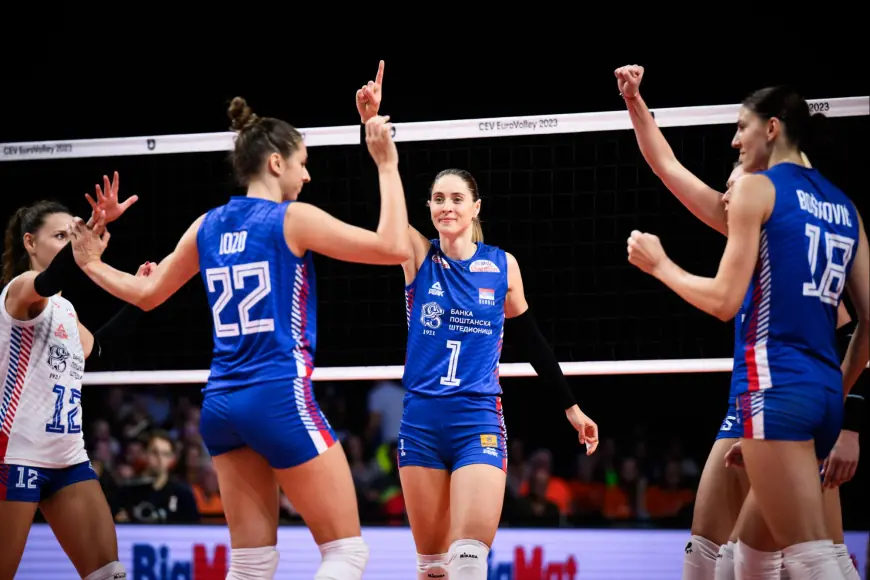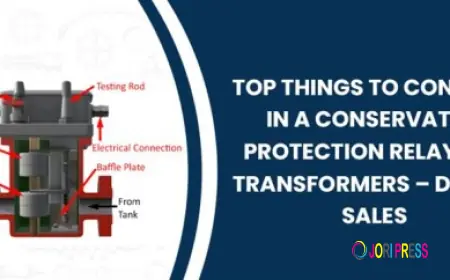How Tall Is a Women’s Volleyball Net? A Precision Guide for Sports Engineers and Procurement Teams
Discover how women's volleyball net height affects training, safety, and compliance. Learn the correct dimensions and best sourcing options from MXY Sports.

In a high school gym, a new volleyball coach paused practice when players struggled to serve cleanly over the net. Upon closer inspection, the net had been set too high for a women’s game. This common mistake highlights a frequent question from schools and sports clubs alike: How Tall Is a Women’s Volleyball Net? Understanding this measurement is not just about accuracy—it’s about ensuring fair play, injury prevention, and compliance with official standards across all levels of sport. For procurement professionals and equipment designers, such technical clarity is non-negotiable.
Why Net Height Matters for Safety, Compliance, and Performance
Volleyball isn’t just about athleticism—it’s about precision. The height of the net directly impacts gameplay dynamics, training effectiveness, and injury risks. If the net is too high or low, it disrupts passing arcs, attack angles, and overall game integrity. For youth and women’s divisions especially, improper net settings can cause shoulder strain or hinder skill development.
Official sports gear specifications, including net height, form the backbone of tournament eligibility and training compliance. Schools, sports clubs, and even recreational centers must ensure they meet age-appropriate and gender-based standards. From high school PE departments to national teams, accurate equipment choices safeguard athletes while supporting coaching goals. Standardizing volleyball net dimensions helps players develop consistently, perform confidently, and reduce avoidable injuries during drills and matches.
Technical Guidelines, Standards, and Real-World Applications
Official Dimensions and Governing Regulations
According to the Fédération Internationale de Volleyball (FIVB), the official height for a women’s volleyball net is 2.24 meters (7 feet 4 1/8 inches). This standard is adopted globally by other sports authorities including NCAA (for collegiate volleyball), USA Volleyball, and NFHS (for high schools). Men’s competitions set the net at 2.43 meters (7 feet 11 5/8 inches), reflecting the physiological differences in vertical reach and jump dynamics between genders.
For seated volleyball—a Paralympic discipline—the women’s net height drops significantly to 1.05 meters, reflecting the needs of differently-abled athletes. Every level of play, from junior leagues to elite competitions, relies on strict adherence to these measurements.
Age and Gender Adjustments
Adjustments are essential when catering to younger athletes. For girls under age 14, USA Volleyball recommends setting the net at 2.13 meters (7 feet). For even younger age brackets, such as elementary school leagues, the net height may be lowered further to match player development and ensure inclusivity without compromising gameplay integrity.
Gender-based standards also extend to mixed recreational leagues, where net height may vary depending on the ratio of male to female players on court. Designers and suppliers must consider these variations when recommending equipment or manufacturing adjustable net systems.
Equipment Construction and Setup Considerations
Modern volleyball nets are not one-size-fits-all. Frame construction varies by venue type—indoor gymnasium setups differ greatly from outdoor sand courts. Material durability, adjustability, and tension control mechanisms play a crucial role in maintaining proper height over time. Competitive venues may use ground-sleeve poles with calibrated height indicators, while portable systems for schools or clubs might use telescopic aluminum posts.
Procurement teams should look for certified net systems that include tension straps, sidebands, and steel cables for consistent performance. Durability against weather, wear-and-tear, and net sag must also factor into purchase decisions, especially for multi-use environments like sports complexes.
Field Applications and Common Pitfalls
Many coaches and gym managers mistakenly eyeball net height instead of using height gauges or pre-calibrated posts. Over time, even a 1–2 inch deviation can significantly affect gameplay and cause confusion among referees and athletes. Field staff should be trained in verifying net height during each setup to avoid non-compliance during matches.
Schools often face issues with fixed-height posts designed for men's volleyball only. In such cases, choosing height-adjustable equipment ensures long-term usability across programs. Clubs with both male and female teams benefit from versatile systems that accommodate back-to-back training sessions without excessive setup time.
Indoor vs. Outdoor Net Considerations
While net height remains constant across environments, setup variations matter. Sand courts tend to use guy-wire systems and ground anchors, which require manual tension adjustments that can influence height. Indoor systems offer better consistency through wall mounts or floor sockets.
Net systems designed for outdoor use should include UV-resistant netting and corrosion-proof frames. Adjustability mechanisms should function smoothly even in variable conditions such as humidity, dust, or uneven terrain. Clear installation instructions and locking mechanisms reduce error margins in outdoor tournament setups.
How to Choose the Right Volleyball Net Supplier
Selecting a volleyball net isn’t just about the equipment—it’s about the partnership. Schools, colleges, and sports facility managers need reliable vendors who understand the difference between compliance and liability. Whether it’s a volleyball net for youth girls’ leagues or a multi-use system for a university gym, buyers should prioritize the following:
-
Official compliance with FIVB or NFHS standards
-
Durable construction with steel or powder-coated aluminum poles
-
Ease of setup and built-in height adjustment features
-
Responsive support and technical documentation
MXY Sports stands out as a trusted source for high-quality volleyball net systems. With a wide selection covering every level of play—from youth training setups to elite competition gear—MXY ensures every product meets industry requirements. Their custom netting solutions, backed by deep expertise in sports specifications and safety, make them a reliable partner for procurement teams and OEMs alike.
If you're outfitting a gym, upgrading school equipment, or designing custom sports infrastructure, MXY Sports offers not just products—but long-term peace of mind.
Final Thoughts
Understanding How Tall Is a Women’s Volleyball Net? is not just a trivia question—it’s a key specification that defines training quality, match fairness, and player safety. For engineers and procurement professionals, precision in sports dimensions is a mark of excellence. When the right equipment is selected, installed, and maintained, athletes perform better, coaches coach smarter, and organizations stay ahead of compliance standards. For expert guidance and proven gear, MXY Sports is your go-to resource.
What's Your Reaction?
 Like
0
Like
0
 Dislike
0
Dislike
0
 Love
0
Love
0
 Funny
0
Funny
0
 Angry
0
Angry
0
 Sad
0
Sad
0
 Wow
0
Wow
0

















































